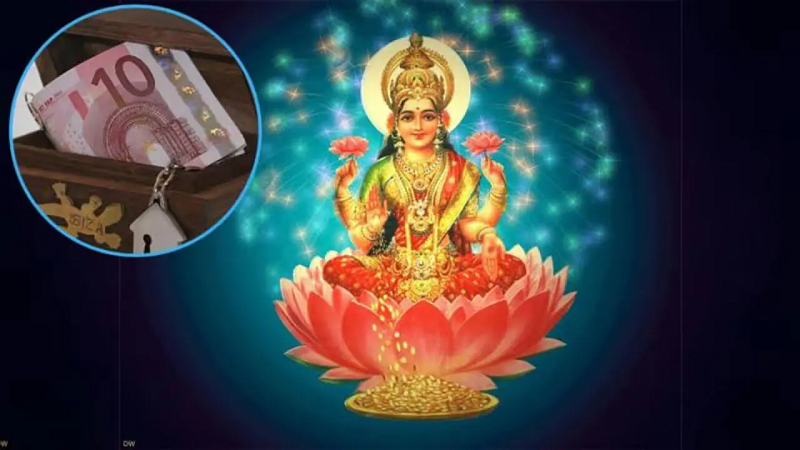Many times there is confusion in understanding credit card statements. After purchases made in the previous month or during festivals like Diwali and Dussehra, the credit card sends a statement as a lengthy billing document for payment. It often happens that we make payments without understanding, on which later we have to pay interest in different ways. As much as using a credit card helps in your financial planning, it can also be risky if the credit card statement is not understood.
A credit card statement is a billing document presented by the bank or credit card company as a summary of recent activity on your credit card account. This statement provides information about how you are using your credit card and can help you understand where the money you are paying is going and to whose account the transactions have been made. You can get information about credit card purchases and payment transactions made in the last month or financial cycle from the statement.
This includes personal information registered with your credit card along with the outstanding amount, credit card limit, opening balance information in the account summary, outstanding amount and over limit in the previous cycle, domestic transactions, summary of reward points and all information related to offers. Information is available.
A credit card statement typically includes the following information:
Billing period:

This is the period for which your credit card statement covers. For example, if your billing cycle runs from January 1 to January 31, your statement will be issued on or after February 1 and will include all transaction activity or transaction details from January 1 to January 31.
Previous remaining balance:
This is the amount outstanding on your account at the end of your last billing cycle.
New charges:
These are new charges made during your current billing cycle. These fees may include purchases made on your credit card, cash advances, and interest charges.
Paid charges:
These provide complete information about the payments made by you during your current billing cycle. Under this, you can understand in detail how much payment you have made so far.
Credit consumed:
This is the amount you've spent over your credit limit during your current billing cycle. With this, you can get information about credit card limits.
Available credit:
This is the amount that you have not yet been able to spend from your credit limit.
Minimum payment:

This is the minimum amount you can pay on your bill every month.
Interest charge:
If you don't pay your bill in full, you'll have to pay interest charges. Interest charges are generally compounded at an interest rate of 1%.
Remaining amount:
This is the amount that remains outstanding in your account even after paying your bill or if you have not made the full payment, then it is called the outstanding amount.
It is important to understand your credit card statement so that you can control your spending and maintain your credit score. If you find any discrepancy in your statement, you should immediately contact your credit card company or the concerned bank.
Image credit: Freepik










